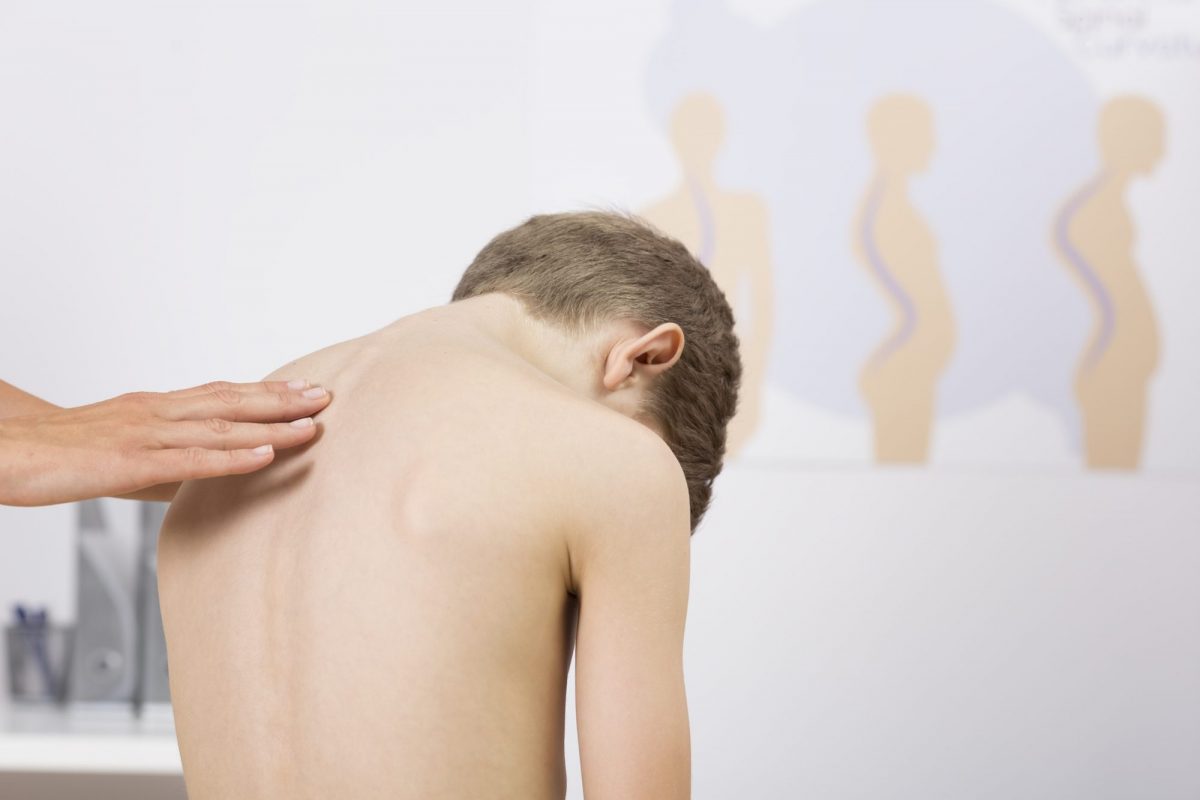Adolescent Idiopathic Scoliosis – Know The Causes Behind It

Adolescent idiopathic scoliosis or AIS is a spinal disorder that leads to a curvature of the spine. As the name of the condition suggests, it is diagnosed during late childhood or early adolescent. However, there is a possibility of it occurring till the age of 18. Even though some of the curvature remains constant throughout life, others may progress as the patient ages.
Causes of AIS
The exact cause for AIS is not known and neither can the condition be connected to other underlying abnormalities. The term ‘idiopathic’ refers to a condition, which is mysterious. However, the scientific community agrees that a combination of factors including
- Hormonal problems
- Abnormal growth of the bone and muscle
- Genetic predisposition
- Nervous symptom abnormalities
It is common for people with family history of the condition to be affected. Almost 30 percent of AIS patients have a genetic predisposition to the condition. Both men and women can be affected by the disease, but girls are at a higher risk of developing greater curves on the spine over time.
AIS Symptoms
Extreme pain is often not one of the symptoms related to adolescent idiopathic scoliosis. Here is a look at some of the more common symptoms associated with the condition.
- Asymmetrical shoulder height- AIS and the resulting deformation of the spine often causes one shoulder to droop lower than the other one.
- Tilted shoulder blades- Aside from the differing height in shoulders, one shoulder blade may be tilted forward, while the other blade may be positioned normally.
- Rib protrusion- As the name suggests, AIS may cause one rib to protrude from the back. This can be easily visible from behind the patient.
- Torso Lean- This symptom is common in people where the AIS affect the middle or lower back. In such a case, the upper body may seem to be leaning to any one side, and one side of the hip may seem to be higher than the other one.
AIS Treatments
Treatment is divided into surgical and non-invasive. While in the beginning, the non-invasive procedure, such as medication may be used, surgery may be required if all other remedies fail. However, treatment of some kind is essential as ignoring the problem can severely restrict movement and may even lead to other severe issues. Some minimally invasive procedures have also been developed, which can help treat the condition. In case you have a concern or query you can always consult an expert & get answers to your questions!

 Call-an-Ambulance
Call-an-Ambulance



